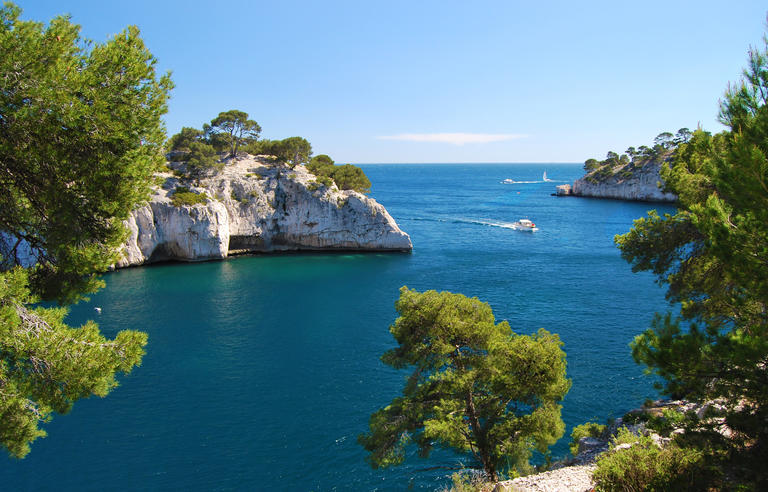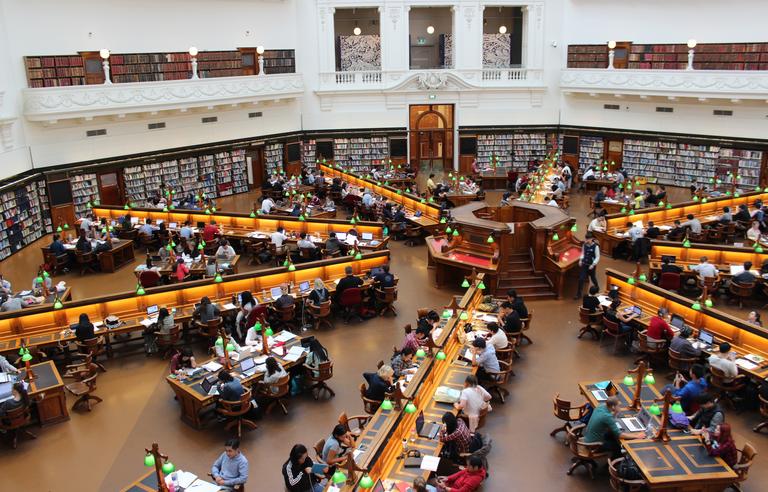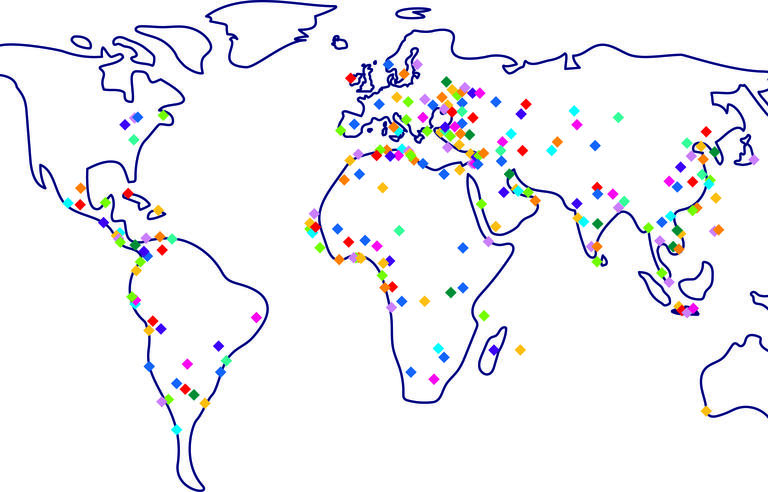
European Heritage days 2024: on the road and on the sea
Since 1984, the European Heritage Days open historical and cultural locations that are generally restricted to all people. The 41st Days will be held on Friday 20, Saturday 21 and Sunday 22 September with a double theme: the heritage of roads, networks and connections, and the sea heritage. Whether you’re on foot, by car or on a sailing boat, it’s time to get going!
La première édition des Journées européennes du patrimoine a lieu le 23 septembre 1984, sur une initiative du ministère de la Culture français sous le nom de « Journée portes ouvertes dans les monuments historiques ».
Après le succès de cette première initiative, de nombreux pays européens ont souhaité mettre en place des manifestations du même type. En 1991, le Conseil de l’Europe a officialisé les Journées européennes du patrimoine en mettant en avant « la promotion de la diversité et du dialogue autour du patrimoine, sous toutes ses formes, au travers de trois grands axes : conserver/restaurer, protéger et valoriser l’ensemble du patrimoine européen commun ». Aujourd’hui, ce sont 50 États qui « organisent la manifestation, du Vatican au Portugal, de la Biélorussie à la Moldavie, à Malte ou encore à Saint Martin ».
Sur les routes et les chemins
Sur terre ou sur mer, en France et en Europe, cette année, parmi les thématiques retenues, celle du patrimoine des itinéraires, des réseaux et des connexions va nous faire voyager. Comme l’expliquent les organisateurs, cette idée des itinéraires s’étend « depuis les voies romaines jusqu’aux anciens chemins sinueux empruntés par les pèlerins, en passant par les chemins de fer qui reliaient autrefois nos villes, aux rivières et aux canaux qui facilitaient le commerce ». Au fil des évolutions techniques, poursuit le ministère, les déplacements se multiplient : « de nouveaux espaces sont conquis, les modes de communication avec le monde font désormais partie de nos vies et de notre patrimoine avec ses gares, ses aéroports, ses ports, ses locomotives et ses bateaux ».
Plus précisément, ces itinéraires sont construits à partir des 47 Itinéraires Culturels du Conseil de l’Europe, des itinéraires démontrant, selon le Conseil, que « le patrimoine des différents pays d'Europe et leur culture contribuent au patrimoine culturel commun, en proposant des voyages dans l'espace et dans le temps, sur différentes thématiques partagées par plusieurs pays européens ». Une trentaine de ces itinéraires passent par le territoire français, tels que les Chemins de la vigne, les Routes de l’olivier, mais aussi les Chemins de Saint-Jacques de Compostelle, les Routes des Impressionnismes en Europe ou encore la route des Vikings et celle des villes thermales qui couvrent l’ensemble de l’Europe.
D’autres itinéraires, mettant les réseaux et les connexions en valeur, sont également proposés, comme celui qui passe par les « moyens de communication imaginés au fil du temps » et qui font aussi partie de la richesse patrimoniale. Pour partir à la découverte des systèmes de télécommunications qui existent, on pourra découvrir les premiers radars, antennes, paraboles et satellites.
A l’eau
Deuxième thème de ces Journées 2024, le patrimoine maritime. Avec le deuxième plus grand domaine maritime du monde, « la France a tissé un lien étroit avec la mer ». C’est ainsi l’occasion de découvrir des sites maritimes emblématiques.
C’est d’abord l’héritage maritime de la France avec son architecture typiquement balnéaire. Cette architecture des bords de mer constitue un « reflet social, économique, industriel et culturel de notre histoire », « un témoin vivant de l’évolution des loisirs, du tourisme et d’un certain art de vivre à la française », par exemple à Dinard, à Saint-Jean-de-Luz ou encore à Saint-Denis de la Réunion. Viennent ensuite les ports français, un « patrimoine maritime riche et diversifié allant des grands ports de commerce aux petits ports de plaisance et de pêche », mais aussi les savoir-faire maritimes, tels que la récolte du goémon en Bretagne ou l’élevage des huîtres de Cancale, les joutes languedociennes ou les joutes nautiques provençales…
En dehors des lieux et des savoir-faire, les Journées du patrimoine seront aussi l’occasion de découvrir les bateaux, à commencer par Le Belem, « joyau de la marine française », qui a récemment marqué l'histoire en transportant la flamme olympique jusqu’à Marseille. Classé monument historique en 1984, « ce trois-mâts, symbole vivant du patrimoine maritime », ouvrira lui aussi ses ponts au public.
Et le ministère de la culture d’estimer qu’à l’heure où se pose la question de la préservation des océans et de l’influence des actions humaines sur l’environnement, « conserver, valoriser et transmettre le patrimoine maritime sont autant de moyens d’agir, en se tournant vers l’avenir ».
Chiffres clés du patrimoine et des monuments historiques en France
- en 2022, la France compte 45 648 monuments historiques protégés, 46% d’entre eux sont des propriétés privées, 41% appartiennent à des communes et 4% à l’État ;
- la Région Nouvelle-Aquitaine est la région qui compte le plus de monuments historiques (6258, soit 14% du total), suivie par l’Occitanie et Auvergne-Rhône-Alpes (11%), le Grand Est (10%) puis l’Île-de-France (9% avec 3 884 édifices) ;
- dans le budget 2024 du ministère de la culture, les crédits alloués à la préservation des monuments historiques progressent de 40 millions d’euros pour atteindre 507 millions.
Source : ministère de la culture, Statistiques de la culture et de la communication, mars 2024
Related contents
Recommended News




















































